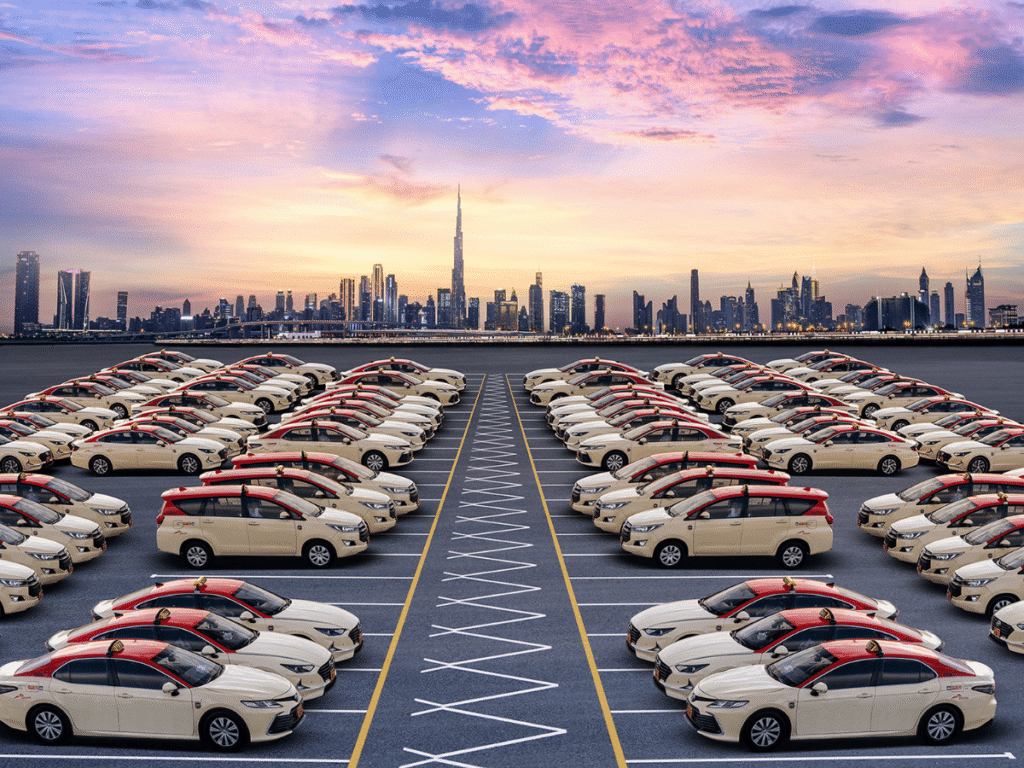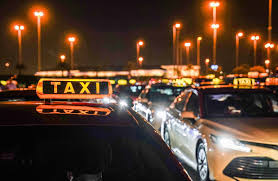Now Reading: Dubai Taxi Fare Hike: What Commuters Must Know Right Now 2025!
-
01
Dubai Taxi Fare Hike: What Commuters Must Know Right Now 2025!
Dubai Taxi Fare Hike: What Commuters Must Know Right Now 2025!

Table of Contents
Commuters in Dubai are set to pay more for taxi rides as the city’s Road and Transport Authority (RTA) has officially announced an increase in taxi fares starting this month. This marks the first major change in taxi pricing since 2019, affecting millions of residents, tourists, and business travelers who rely heavily on public transport for daily commutes across the bustling metropolis.
Why the Taxi Fare Increase Now?

According to the RTA, the fare hike is necessary due to a combination of rising operational costs, global fuel price fluctuations, and increased maintenance expenses. The decision also aligns with the government’s broader strategy to balance public transportation costs while encouraging the use of energy-efficient and eco-friendly vehicles in its taxi fleet.
The average starting fare for taxis has gone up by AED 1 to AED 2, depending on the pickup location and time of the day. For example:
- Standard day-time taxi starting fare: Now AED 14 instead of the previous AED 12.
- Night-time starting fare: Now AED 16, previously AED 14.
- Minimum fare for airport trips: Increased from AED 25 to AED 27.
- Per kilometer charge: Up by 10 fils to AED 2.10/km.
These changes apply to all forms of Dubai’s government-licensed taxis, including the popular Hala e-hailing service, Careem-operated taxis, and the fleet of over 10,000 RTA cabs across the city.
Impact on Daily Commuters and Tourists
The fare adjustment may have a modest but noticeable impact on frequent taxi users, especially those who prefer taxis over metro or bus travel for convenience and time savings. A typical 10 km ride within the city will now cost AED 2 to AED 5 more, depending on the time of day and traffic conditions.
For example:
- A 10 km daytime trip that previously cost around AED 32 will now be closer to AED 35.
- A similar night-time trip could reach AED 37 or more.
Many Dubai residents have expressed concern over the cumulative cost impact, especially those commuting daily between home and office. Tourists, who form a significant portion of taxi users, are also advised to budget accordingly when planning trips around the city’s famous landmarks such as Burj Khalifa, Dubai Mall, or Palm Jumeirah.
Reason Behind the Increase Explained
In a public statement, Ahmed Bahrozyan, CEO of the Public Transport Agency at the RTA, explained:
“This fare revision is essential to support service quality, maintain vehicle standards, and ensure drivers’ livelihood in light of increasing costs. Despite this increase, Dubai taxi fares remain competitive compared to other global cities.”
The RTA further assured the public that the fare hike would translate into enhanced services, including newer vehicles, cleaner interiors, and more environmentally friendly taxis, as the city moves toward a partially electric and hybrid taxi fleet by 2030.
Dubai’s Move Towards Sustainable Transport
The fare increase also ties in with Dubai’s vision of becoming one of the world’s most sustainable cities. The city government has already launched hundreds of electric and hybrid taxis and plans to have 50% of its fleet eco-friendly by 2030.
With fuel and battery costs higher than conventional fuels in some cases, the RTA claims that this minor price adjustment is necessary to make the transition economically viable while maintaining service standards and driver incomes.
Public Reaction to the Price Hike
The announcement has sparked a wave of mixed reactions on social media and local community forums. While some residents understand the economic necessity behind the decision, others fear this may lead to a general increase in the cost of living in Dubai.
Fatima Al Zarooni, a Deira resident and regular taxi user, said:
“I usually take a taxi to work every morning because it’s faster than the metro, but with the new fare, it will cost me nearly AED 100 more every month. It’s becoming less affordable.”
Conversely, business traveler Mark Davies commented:
“Compared to London or New York, Dubai’s taxis are still cheaper and better maintained. This small increase won’t change my travel habits.”
Possible Alternatives for Commuters
In light of the fare rise, the RTA encourages residents and tourists to consider other public transport options such as:
- Dubai Metro: Fast, reliable, and economical for daily commutes.
- Public Buses: Covering most city areas at low rates.
- Shared Taxi Services: Hala and Careem pooling options reduce individual costs.
- E-scooters and rental bicycles: Gaining popularity for short distances in Downtown Dubai, Jumeirah, and Marina areas.
The RTA also hinted that future discounts, loyalty programs, or off-peak promotions may be introduced to ease the burden on frequent passengers.
What’s Next?

Experts predict that if global oil prices continue to rise or inflation affects vehicle maintenance further, another fare review might take place in late 2026. However, the RTA has assured commuters that all fare changes will be communicated well in advance.
The current fare adjustment is part of a broader, long-term strategy to balance cost, service quality, and environmental goals, according to Dubai’s urban mobility master plan.
Conclusion
Dubai’s taxi fare increase, though modest, marks an important shift as the city balances economic, environmental, and service factors in its public transport policy. While some travelers may feel the pinch, others see it as a fair price for maintaining one of the world’s most reliable and clean taxi systems.
As Dubai continues to grow as a global hub for tourism and business, efficient, safe, and sustainable transport remains a top priority—even if it means passengers have to pay a little more for the ride.
Read More:- Deyaar’s Latest Announcement Shakes Up the UAE Property Market





















